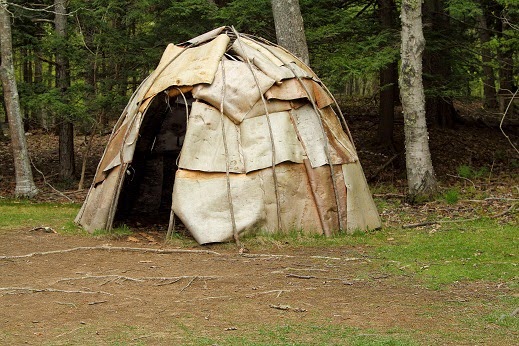When
the temperatures in Las Vegas reached 100+ degrees Fahrenheit, a trip to Acadia
National Park in Maine seemed like a great idea! Acadia is primarily located on
Mount Desert Island and Schoodic Peninsula, which are about two-thirds of the way up
the coast of Maine. This area has been a summer tourist destination since the
mid-eighteen hundreds.
Early
visitors to the area stayed with local families and were known as “Rusticators”
or ”Summercators,” but by 1880 there were over 30 hotels in just Bar Harbor alone.
However, when the Rockefellers, Morgans, Fords, Astors, and Vanderbilts started
building magnificent summer “cottages” on the island, the rustic character of
the area changed dramatically.
In
1901 a land trust was formed to protect the island and in 1908 the trust
started purchasing lands. In 1916 the land trust area was given national
monument status and in 1919 the area became Lafayette National Park, the first
national park east of the Mississippi River. The Park was later renamed Acadia
National Park by an act of Congress.
Over
the years many large land owners donated their property to the Park, with the
largest donation of more than 10,000 acres by John D. Rockerfeller, Jr. The
Rockerfeller property included 45 miles of broken-stone carriage roads and a
series of 17 natural stone bridges. Today, the carriage roads are restricted to
hikers, bicyclists and equestrians, and Park rangers offer narrated tours of
the beautiful stone bridges.
Most
visitors consider a trip up Cadillac Mountain (1,530 feet high) to be one of
the highlights of their trip to Acadia. Cadillac Mountain is the tallest
mountain on the Atlantic coast north of Brazil. Thunder Hole, which is located on the southwest side of the island, is a narrow granite channel where air becomes
trapped by incoming waves and produces a thunderous noise as the air at the end
of the channel is compressed and then escapes.
Also
located near Cadillac Mountain are the Sieur de Monts Springs. For protection,
the springs are now covered with a cupola, but the area surrounding the springs
has been developed with a Nature Center, the Abbe Museum, and the Wild Gardens
of Acadia.
Bar
Harbor is a community of about 5,000 people and is considered to be the
“Gateway to Acadia.” The community is located along the bay where the
millionaires’ summer “cottages” once stood (most of the beautiful old buildings
burned down during a fire in 1946). Bar Harbor has a wide variety of
restaurants, most of which specialize in lobster dinners. Bar Harbor is also
home of the “Margaret Todd,” a 4-masted schooner. Since it was a nice day when
we visited Bar Harbor, we decided to take a trip around the bay on the sailing
vessel -- not realizing that we were expected to help raise the sales!
Just
up the road from Bar Harbor is the Mount Desert Oceanarium, where guided tours
of facility are offered, so that you can learn about lobsters and other marine
life around Acadia Park. We were even able to see and learn about Berried and Blue
Lobsters. Blue Lobsters happen about once in every ten thousand lobsters and
Berried Lobsters are females that have about 10-20,000 very small black eggs
located near her tail.
The
Asticou Azalea Garden is located near Northeast Harbor and covers about 140
acres on the eastern slope of Eliot Mountain. The Garden is styled after a
Japanese stroll garden with many traditional Japanese design features; e.g.
bridges, Lily pond, sand gardens, etc.
Located
near Bass Harbor is the famous Bass Harbor Head Lighthouse, which is featured
on numerous calendars, post cards, tour books, etc. A must stop for all
tourist!








































No comments:
Post a Comment